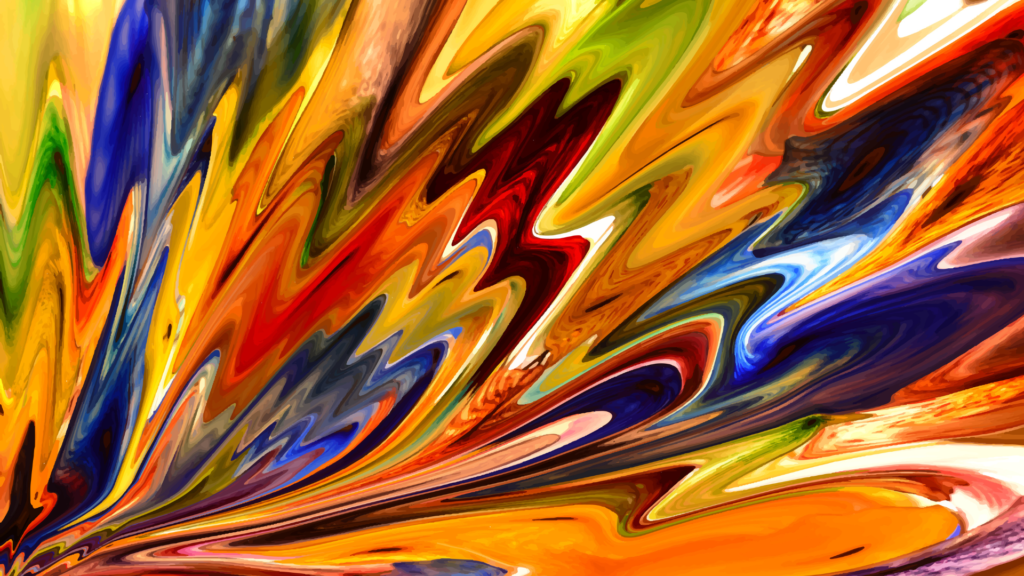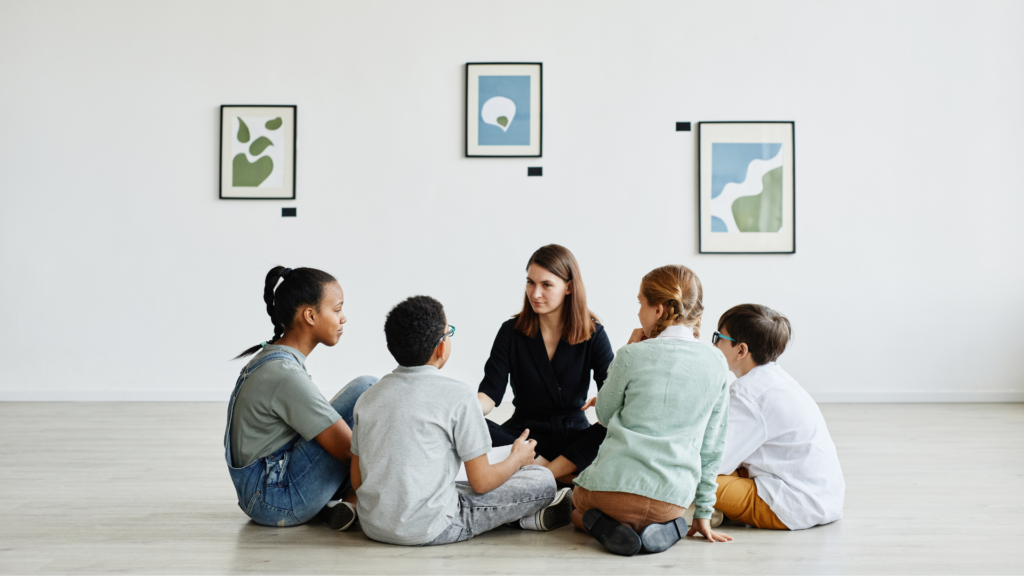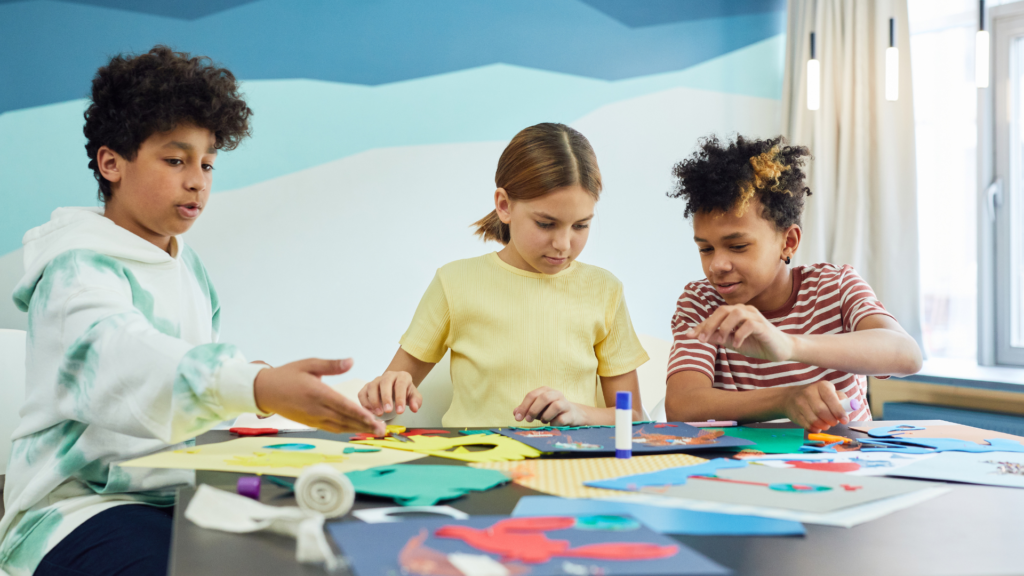Colour is more than just a visual sensation. It’s a powerful tool that can evoke emotions, set the tone, and communicate meaning. In abstract art, colour is more significant as artists use it to convey their unique perspectives and expressions.
Whether you’re an artist looking to explore new techniques or a collector seeking to understand the deeper meanings behind your favourite pieces, this comprehensive guide explores the power of colour in abstract art and how it shapes our experiences with each piece we encounter.
From bold primary hues to subtle pastels, join us on a journey through the vibrant world of abstract art.
What is Abstract Art?
Abstract art is a type of visual art that uses geometric shapes and bright colours to create a unified whole rather than depicting specific objects or scenes. Abstract painters often reject traditional notions of realism in favour of ideas more akin to abstractionism or expressionism, which focuses on the emotions the painting conveys.
The origins of abstract art are difficult to trace, but they can be seen in prehistoric rock paintings, cave paintings, and ancient Egyptian reliefs. During the Romantic period, artists such as J.M.W. Turner and John Constable began creating works inspired by nature that featured sweeping brushstrokes and bright colours. In the 20th century, abstract artists such as Piet Mondrian and Wassily Kandinsky pioneered new abstraction approaches, emphasizing geometry over colour.
Although abstract art can be seen in many different styles and mediums, it is most commonly associated with painting. A wide range of abstract art is available for purchase, from affordable reproductions to high-end pieces created by famous artists.
The Elements of Abstract Art
Abstract art is created by departing from traditional realistic depictions of the world. Instead of details, a painter may employ broad strokes to depict an abstract idea or concept.
The colours used in abstract art often reflect the underlying emotion or feeling behind the painting. Additionally, abstraction often relies on shapes and forms rather than specific objects or colours to communicate its message.
To create an abstract painting, a painter must first understand the principles of abstraction. These principles include using lines, shapes, and colour to create a work that lacks realism. Five main elements are essential to abstract paintings: line, shape, form, colour, and light.
The line is perhaps the most fundamental element of abstract art because it represents movement and change. A painter can use lines to create various effects, from smooth curves to sharp angles. Shapes can also be created through lines; for example, a painter can use straight lines to create basic geometric shapes or curve lines to create more organic forms.
Form is another important aspect of abstract art because it helps define the composition and structure of a painting. Forms can be simple, like circles or points, or they can be complex, such as collages made up of many small pieces. The use of form also helps guide the viewer’s eye around the painting.
colour is one of the most important elements in Abstract art because it communicates emotion and feelings. colours can be used in various ways to create different effects, such as adding a sense of warmth or lightness to a painting. colours can also develop a sense of depth and dimension in a painting.
Light is also an important element in Abstract art because it plays a role in creating the overall mood and feel of the painting. Light can create various effects, from soft hues to bright colours. In addition, light can add intensity and drama to a painting.
The Use of colour in Abstract Art
Abstract art is about creating a visual representation of an idea without using specific subject matter. This can be done through colour, one of the most important elements in abstract art.
One of the most commonly used colours in abstract art is blue. It has a calming effect and can help to create a sense of tranquillity. Other common colours in abstract art include green, yellow, purple, and red. Each colour has unique properties that can be used to create interesting visuals.
Light and shadow are other factors that can influence how an Abstract Artist uses colour. By manipulating these two elements, artists can create incredibly complicated visual effects. Additionally, different colours have different psychological effects, so it’s important for an Abstract Artist to understand this before starting work on a painting.
colour can be a powerful tool in abstract art, and understanding how it can be used is essential to creating successful pieces. This comprehensive guide explored how colour can impact an artwork’s composition, mood, and meaning.
By understanding how colour works in abstract art, you will be able to create paintings that are more dynamic and engaging than ever before. So whether you’re a beginner or an experienced artist, please take advantage of our tips on using colour in Abstract Art to create stunning pieces that speak to your soul.



